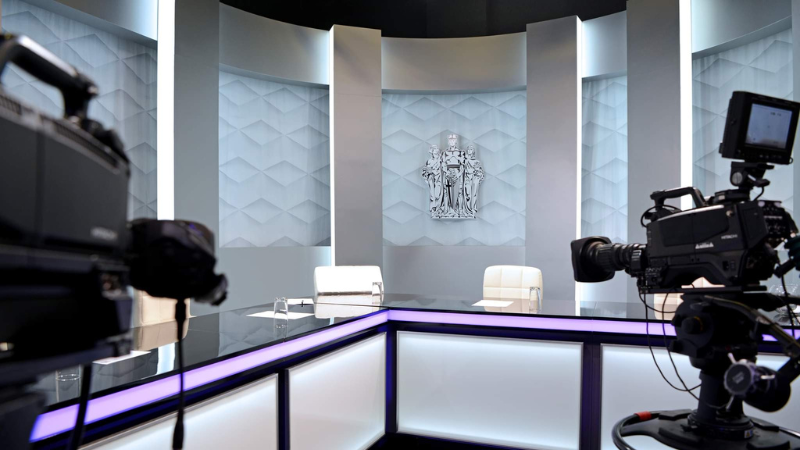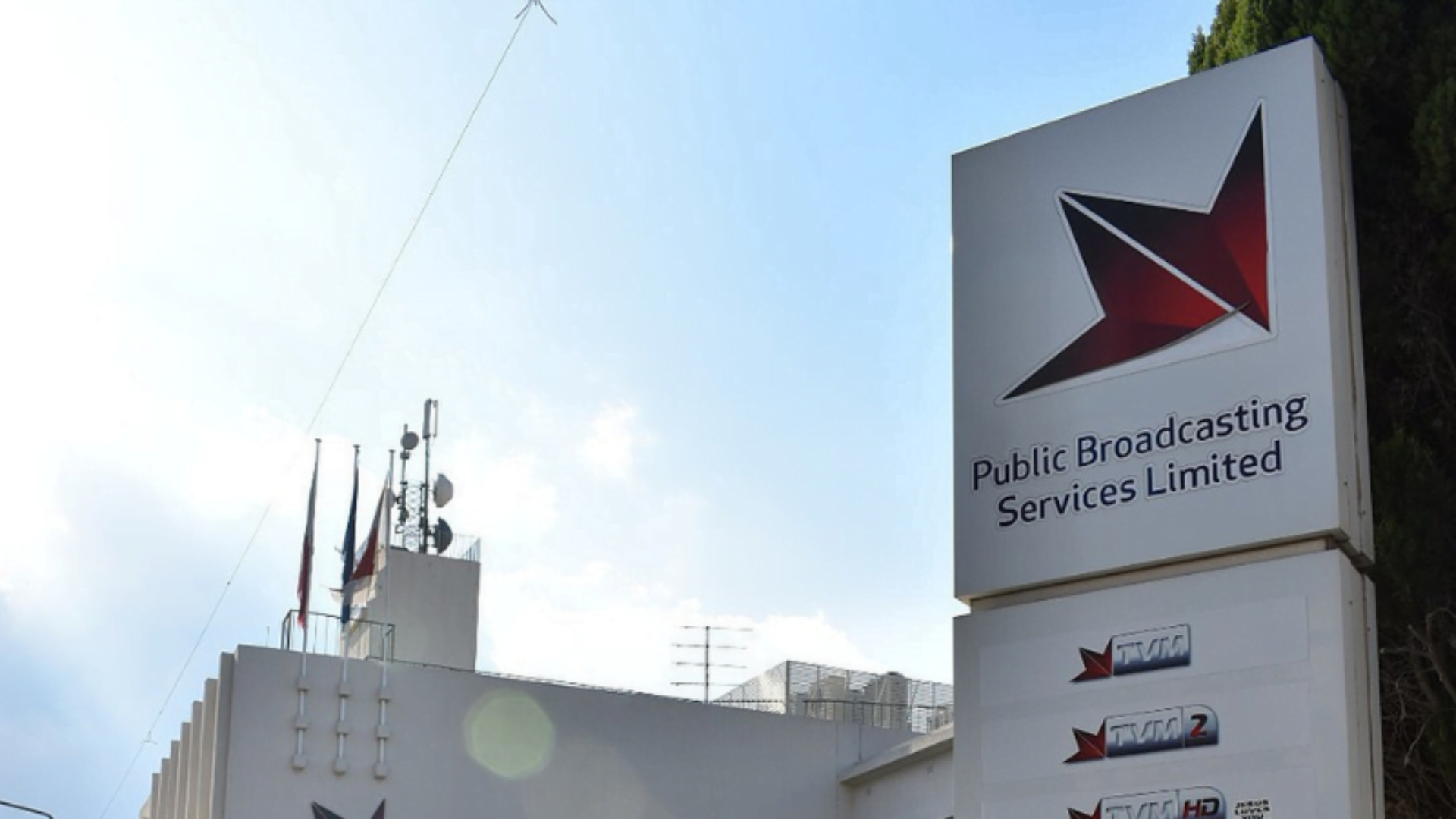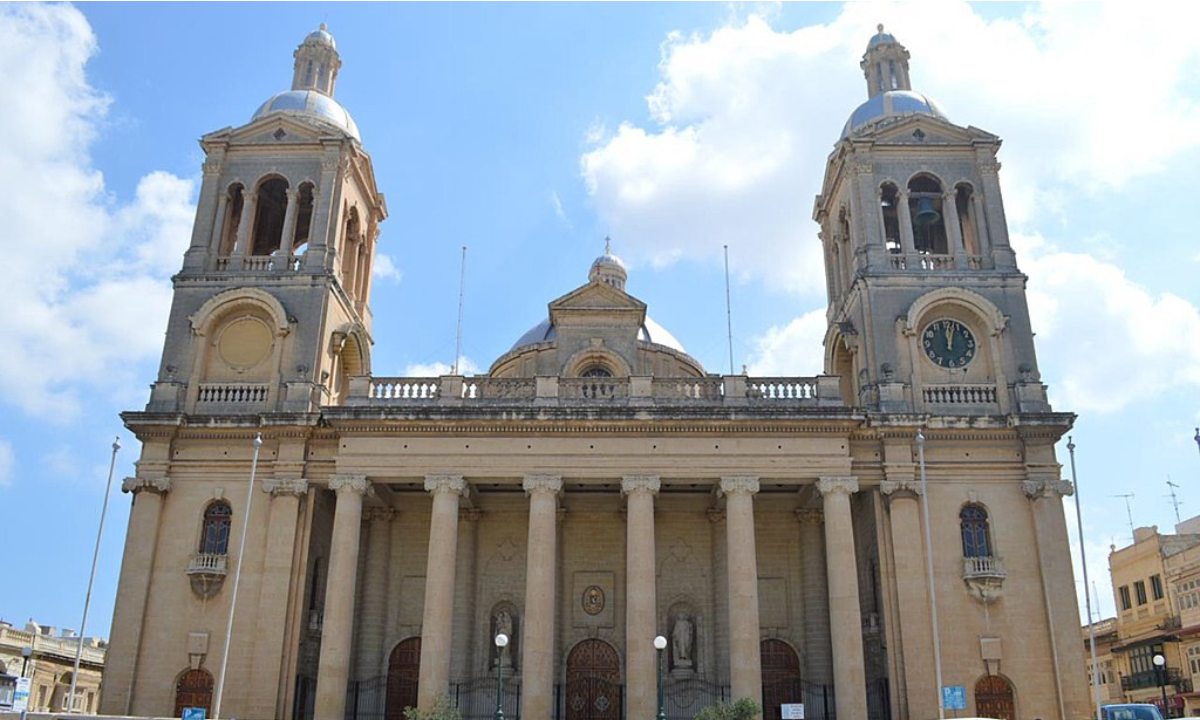A new tool to assess the editorial independence of 546 state-administered media companies in 151 countries found that nearly 80% of the world’s state media lack editorial independence.
The comparative study launched by the Center for Media, Data and Society, aims to go beyond the simplistic separation of state-controlled outlets and independent public service media since there exist a number of variations between these two contrasting models.
In order to better identify these differences, the authors created the State Media Matrix – a typology of state media that uses three key factors that affect the independence of state media: funding, ownership/governance, and editorial autonomy.
Using these three features as a basis, the study then drew up a classification of seven state media models that are characterised by varying degrees of independence.
Five hybrid models
In between the two extremes (state-controlled media and independent public media) are five hybrid models.
The closest to the independent public model is the independent state-managed media model. In this model, the media outlets are majority-owned by the government but are not reliant on state subsidies and enjoy editorial autonomy. This is considered to be a rare model that is mostly found in Western Europe.
Next is the independent state-funded model that is characterised by the predominance of state funding, lack of influence in its governing bodies, and editorial autonomy. Just as rare, these models can be found in some Latin American countries, in Europe as well as in Australia, New Zealand, Canada, and Jamaica.
A little further up the classification is the independent state-funded and state-managed media model. These are outlets that are owned or governed, and predominantly funded, by the state, yet preserve their editorial independence. While this may sound almost impossible, the study has found a few cases of outlets that embody this model such as the Teleradio-Moldova in Moldova, UA:PBC in Ukraine, LTV and LR in Latvia, and most of the regional public broadcasters in Spain.
The next hybrid category is the captured private media model. These are outlets that are editorially controlled by the state but without any direct form of state ownership or formal state-appointed governing bodies. Some of these outlets rely on state funding, while others don’t. This model is best represented by the most recent cases of Hungary and Poland, where the respective right-wing governments have taken over an increasing number of privately owned media companies during the past five to 10 years.
The fifth hybrid category, the captured public/state-managed media model is where the governing structures and ownership of the media outlets are controlled by the government as is the editorial coverage. These media outlets are considered to be on the brink of becoming fully state-controlled.
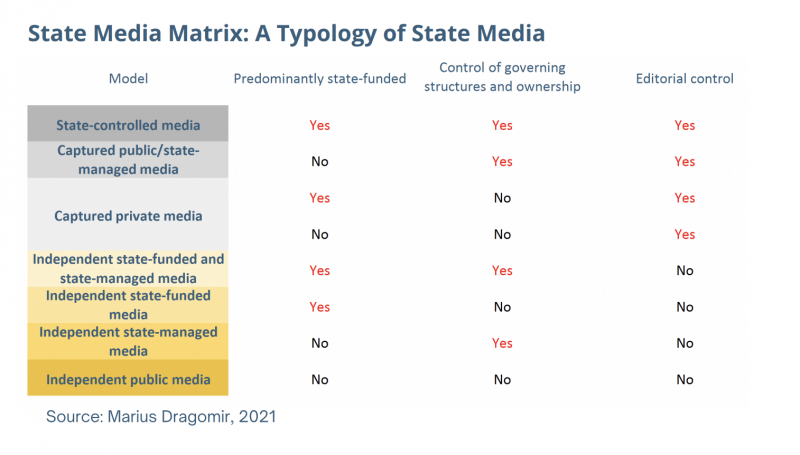
Typology of State Media. Source: Marius Dragomir, 2021
PBS classified as state-controlled
Using the above classification, the study has classified Malta’s Public Broadcasting Service (PBS) as state-controlled.
This classification further confirms what had been previously observed in the Media Pluralism (MPM) Report published in July this year that noted how the risk related to the independence of public service media governance and funding indicator had increased by nine percentage points (83% in 2020 to 92% in 2021).
The MPM report stated that this change in risk assessment is due to a recent development that impacts the transparency of public service media funding when, in September 2020, The Shift reported that €30 million would be allocated to PBS from public funds, spread over the next five years despite the company suffering heavy losses.
More recently, The Shift also reported how a news item reporting disciplinary action against a waterpolo club official and well-known Labour activist was deleted shortly after it appeared, following instructions from the Office of the Prime Minister.
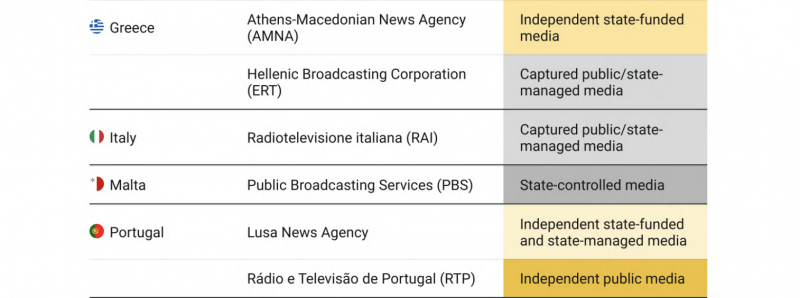
Classification of state media by country. Source: Marius Dragomir, 2021
Overall, the study by the Center for Media, Data and Society, found that of the 110 state media outlets that have editorial independence, only 18 qualify as independent public service media. Most of them, a total of 11 outlets, are based in Europe, and most of the independent public media in Europe, a total of seven, are based in five Western European countries (Austria, Germany, Sweden, Switzerland, UK).
The rest are distributed as one in Southern Europe (Portugal) and three in Central and Eastern Europe (Czech Republic and Lithuania). On the other hand, there are no independent public media outlets in Eurasia, SubSaharan Africa, Latin America, and MENA.
That being said, state media in Europe are faced with numerous threats as governments and political groups are stepping up efforts to gain more control of the media.
The full report can be found here.



